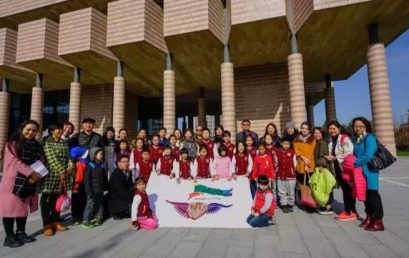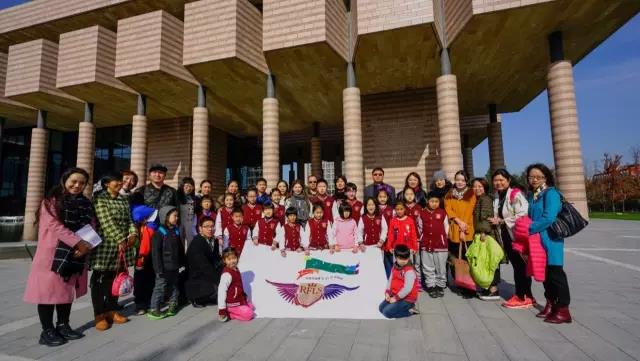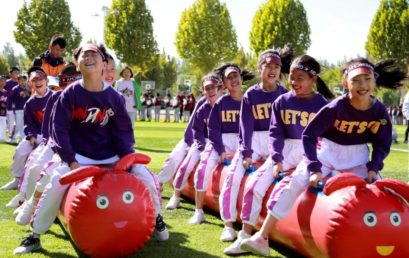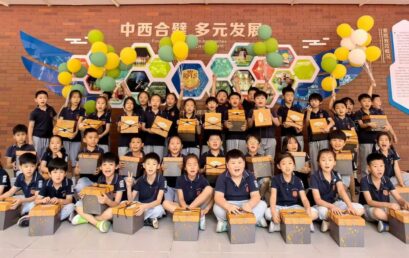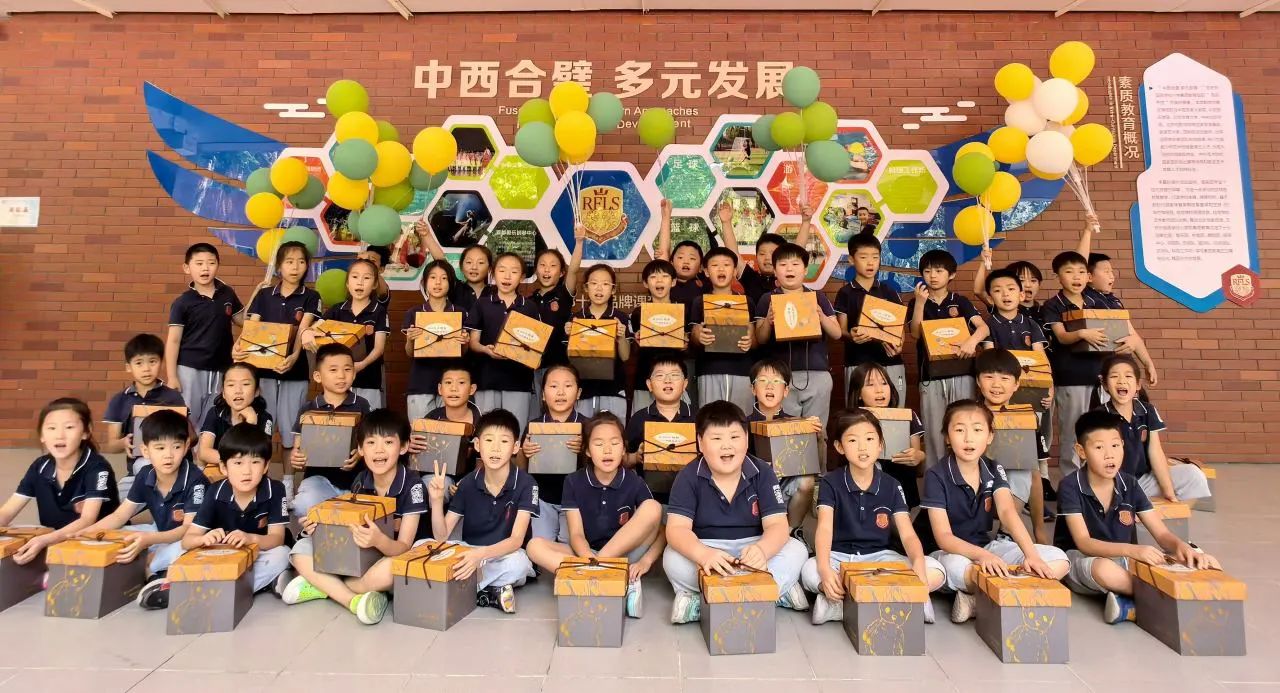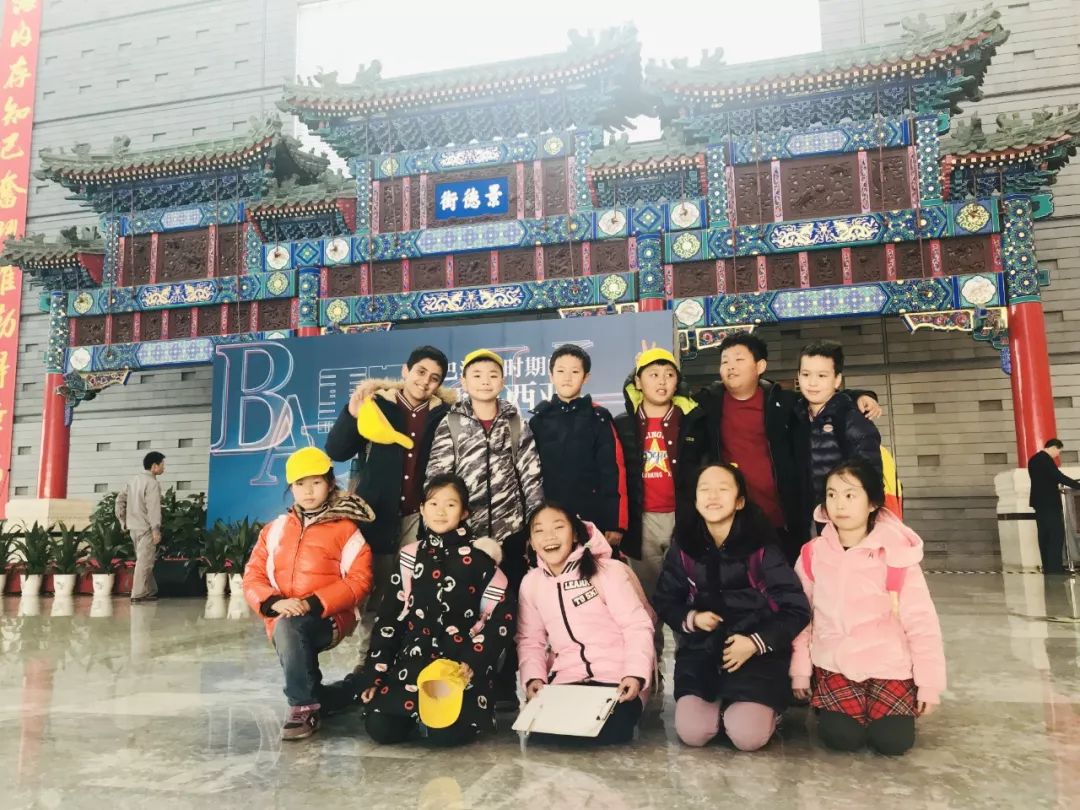
12月18日,国际班三年级的学生走进了北京首都博物馆进行参观。此次外出活动旨在让孩子们进一步了解“我们身处什么样的时空”这一单元主题,中心思想是探究过去文明与当今社会之间的联系。孩子们在首博内参观了北京历史文化展、瓷器展、北京民俗展及大辽五京展等。
On December 18th, the PYP department Grade 3 classes went to the Capital Museum of Beijing for a visit. The purpose of this journey was helping children to understand the place and time that where we are now and what period this is. The main idea is about exploring the connections between past civilizations and the modern society in Beijing. The students visited exhibitions which are about Beijing History and Culture Exhibition, Porcelain Exhibition, Beijing Folklore Exhibition and Daliao Wujing Exhibition Area.
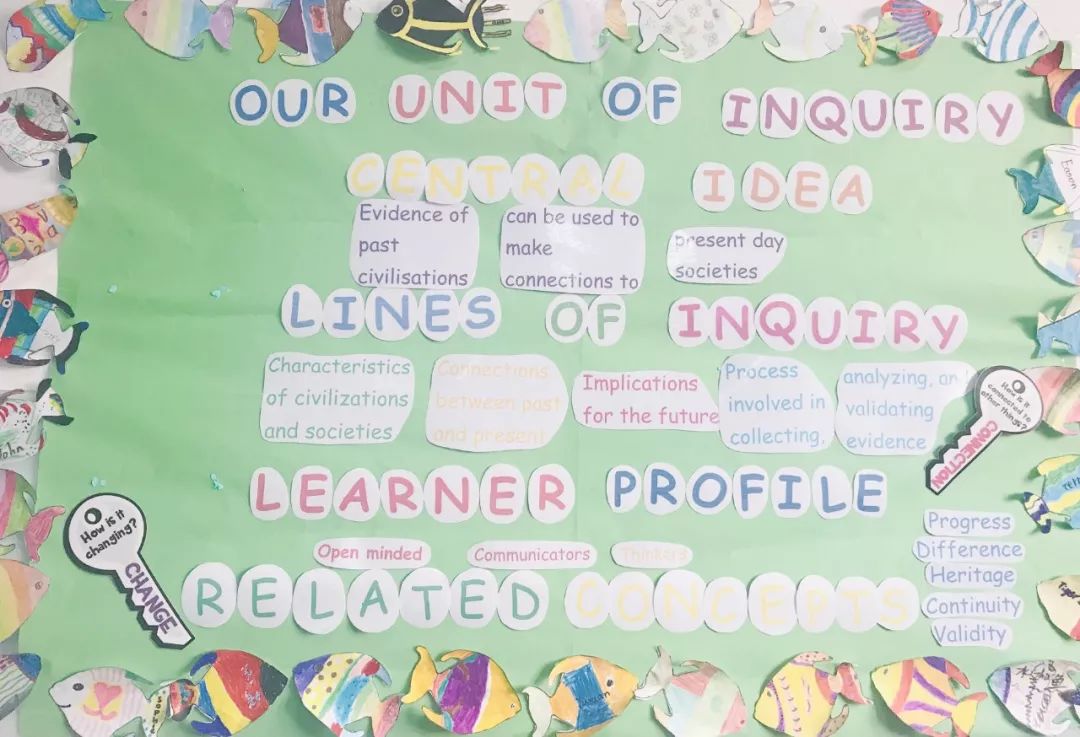
古都北京,一座辉煌的城市,从史前的文明曙光到周代的燕国雄风,再到元明清的帝王之都、落日余晖,它的发展变迁在一件件青铜器物(鼎、尊、簋、刀、戈、剑、戟)与陶瓷泥塑(瓶、盘、杯、壶、罐)上展现得淋漓尽致。
Ancient Beijing, a magnificent city, was displayed dating back from the Xia Dynasty to Yuan, Ming and Qing Dynasties. These changes in dynasties were vividly displayed in pieces of bronze ware(tripods, vessel, Gui, knives, draggers, swords, halberds) and ceramic clay sculptures (bottles, plates, cups,pots, cans).
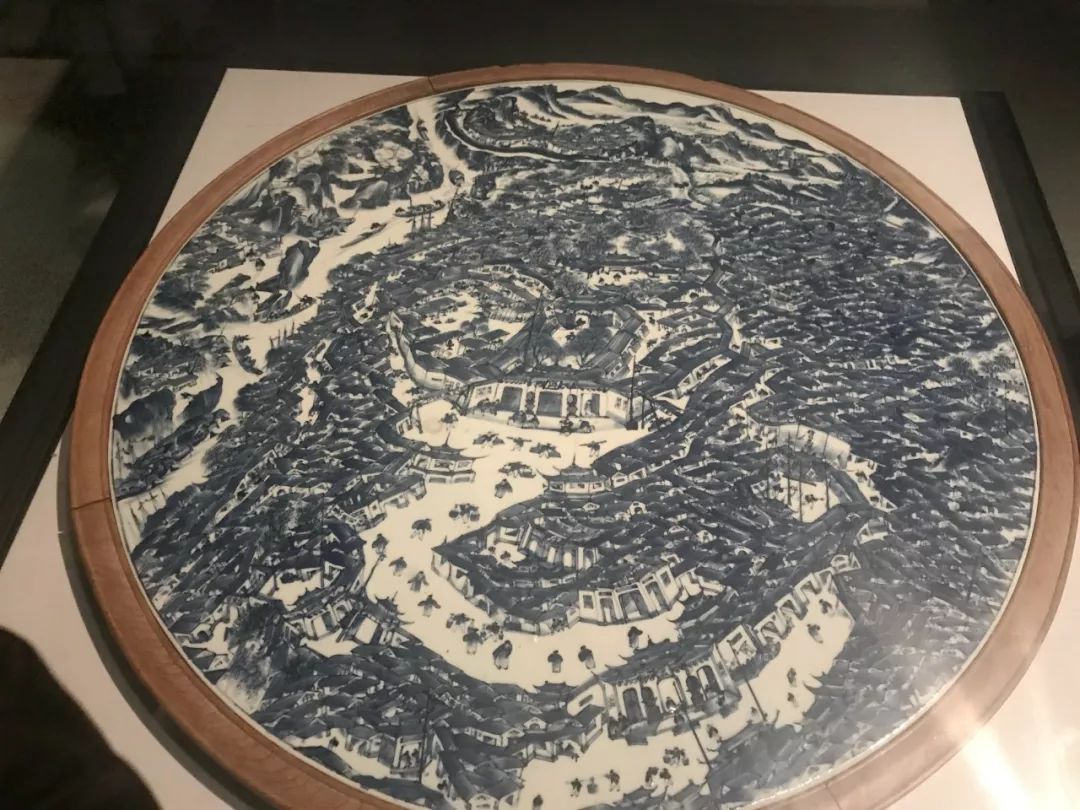
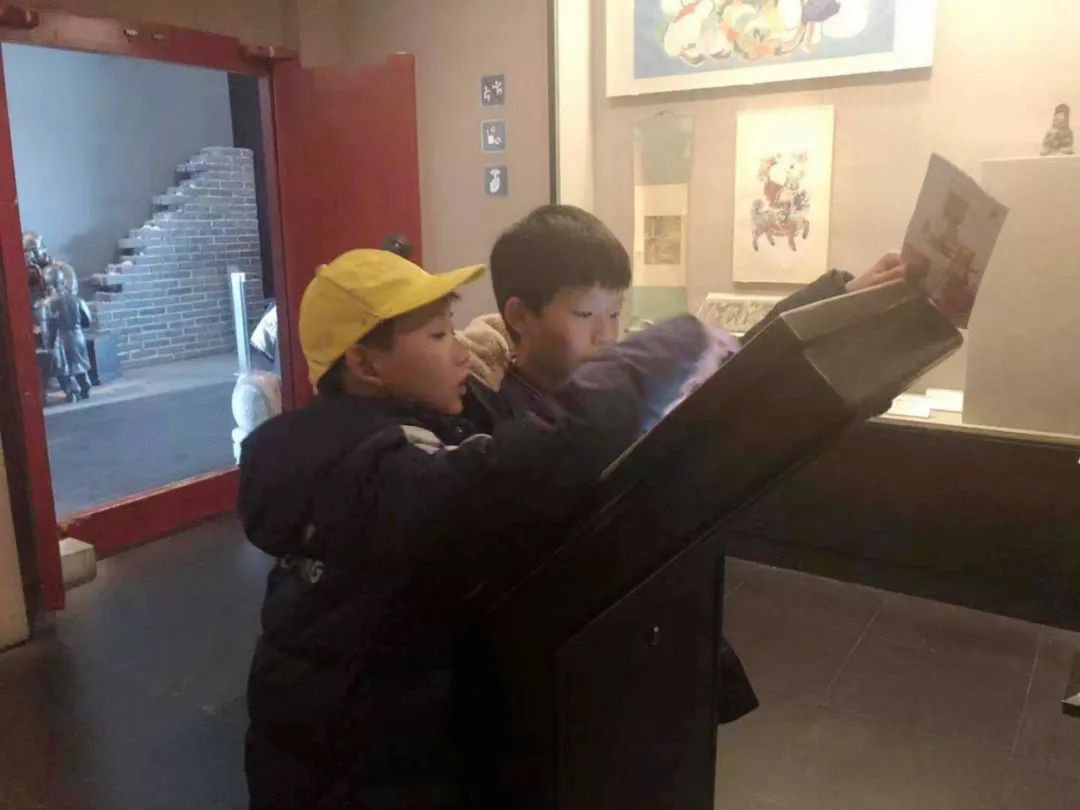
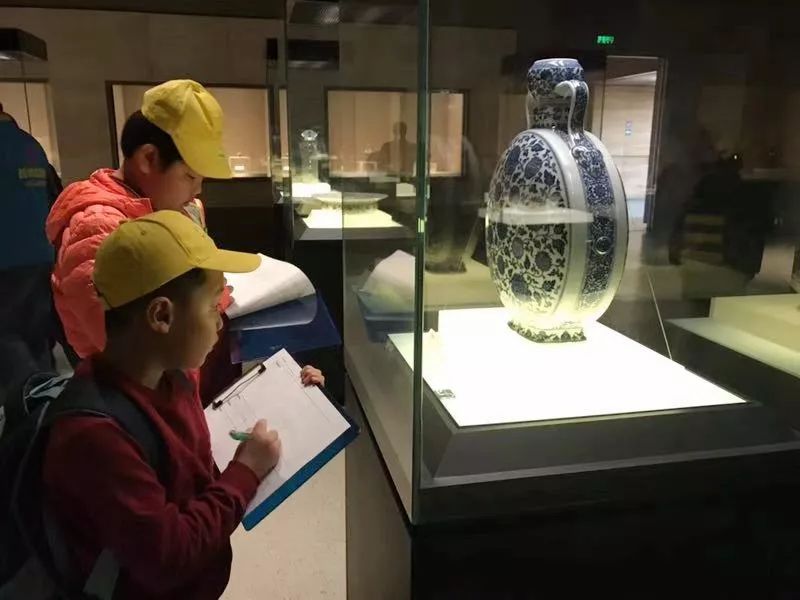
瓷器是中华文明的符号。定、汝、哥、官、钧五大名窑闻名中外。青花瓷笔筒、葡萄杯、御窑厂图瓷板成功地吸引了孩子们的注意,他们在这些文物前驻足、思考、记录。
Porcelain is the symbol of Chinese civilization. Ding, Ru, Ge, Guan and Jun wares are very famous in the world. Blue and white porcelain penholders, grape cups and Jingdezhen kiln factory attracted the attention of the children, whom stood in the front of these cultural relics to think and took notes.
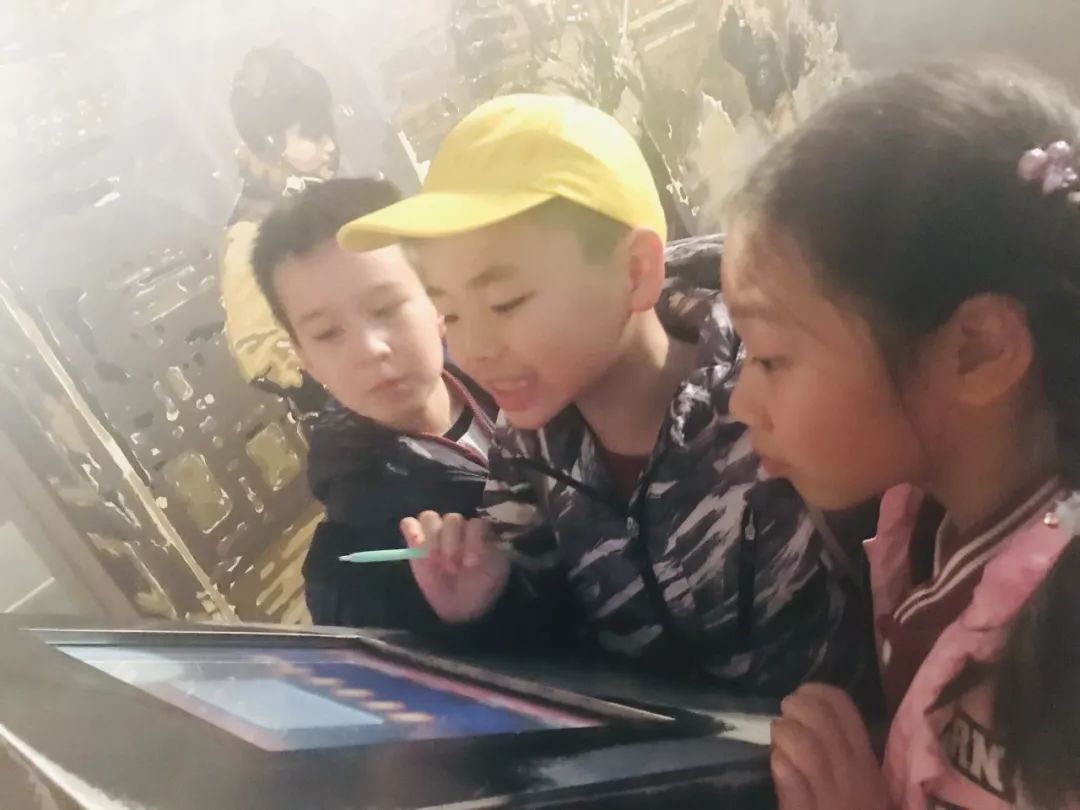
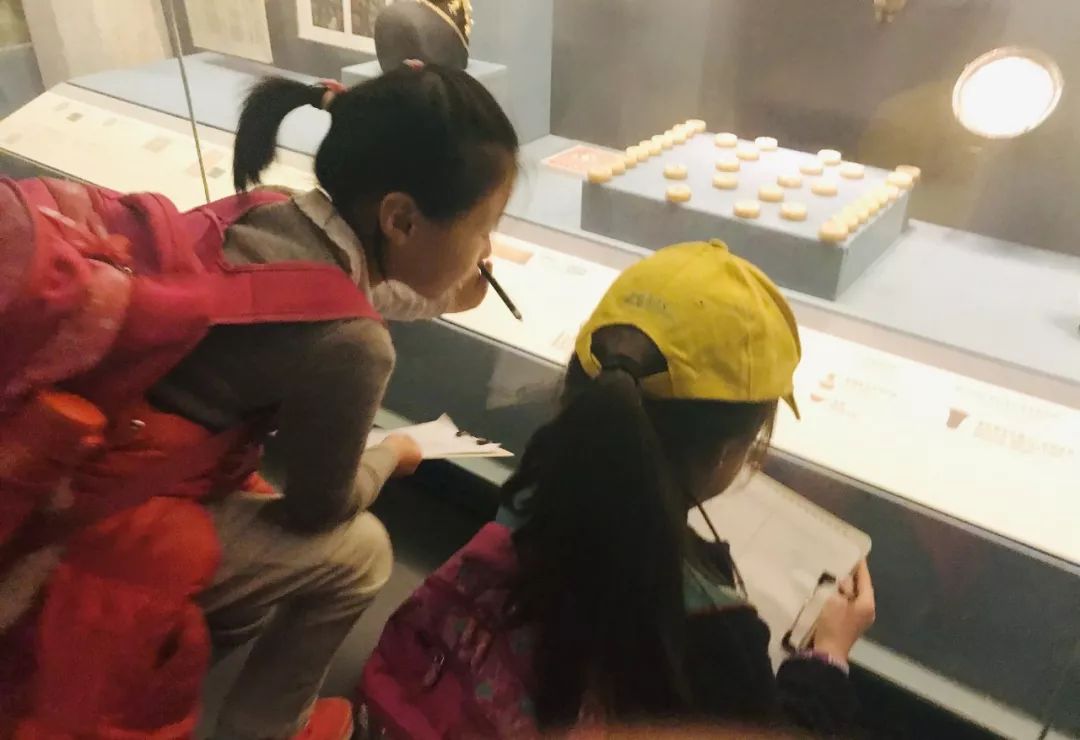
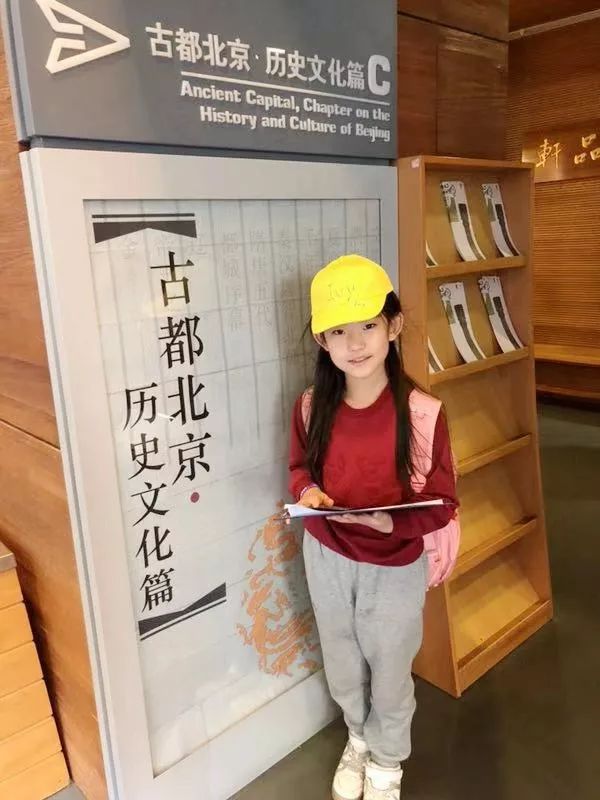
爆竹辞旧迎新春,古稀大寿福如海。穿梭在胡同小巷,徜徉于四合院内,人力车夫、古玩式样等映入了孩子们的眼帘。灯笼、屏风、寿服与过年、祝寿、庆生的习俗相互映照,猜灯谜、猜成语也让孩子们有了别样的体验。在这里,孩子们思考着老北京人以往独特的生活方式,想象着尘封已久的京城旧事。
The New Year begins with the firework. People celebrate the 70thbirthday longevity with good fortune wishes. Studentscould see lanterns, screens, birthday clothes and learn the customs of celebrating Chinese New Year and birthday. They guessed lantern riddles and idioms, which also gave them a different experience. The students thought about the old Beijing people’s lifestyle and imaged the unique old events of the capital.
时代在发展,文明在进步,文物的形态、功能与价值也随之发生着相应的变化。孩子们边参观边记录,从艺术、建筑、经济、政治、生活等方面找出了自己感兴趣的文物,记录了它们的发明时间,并思考其用途与当今社会之间的联系。孩子们想到了很多,“人力车是最早的出租车;短剑在古代可用于佩戴,象征着个人的社会地位,也可用于战争;圆形方孔钱联想到了现如今的纸币”等。通过此次活动,孩子们不仅发现了过去文明与当今社会之间一些联系,也加深了对文明的理解和认识。
The Society is developing, while civilization is progressing.The form, function, and value of cultural relics are correspondingly changing. Through this journey, the children found interesting cultural relics which are from different views such as art, architecture, economy, politics and life etc. The children recorded the time of the historical relics. And, they thought about how these historical relics to be used in ancient time. And, how these historical relics were developed and recreated in different period. The children had some good ideas. “The rickshaw presents the taxi in ancient time. The short sword can be worn in ancient times which symbolized the social status of people. It can also be used for war. The coin is associated with the current banknotes.” Through this activity, the students not only discovered some connections between the past and the modern society, but also they learnt more knowledge about civilization in Beijing.

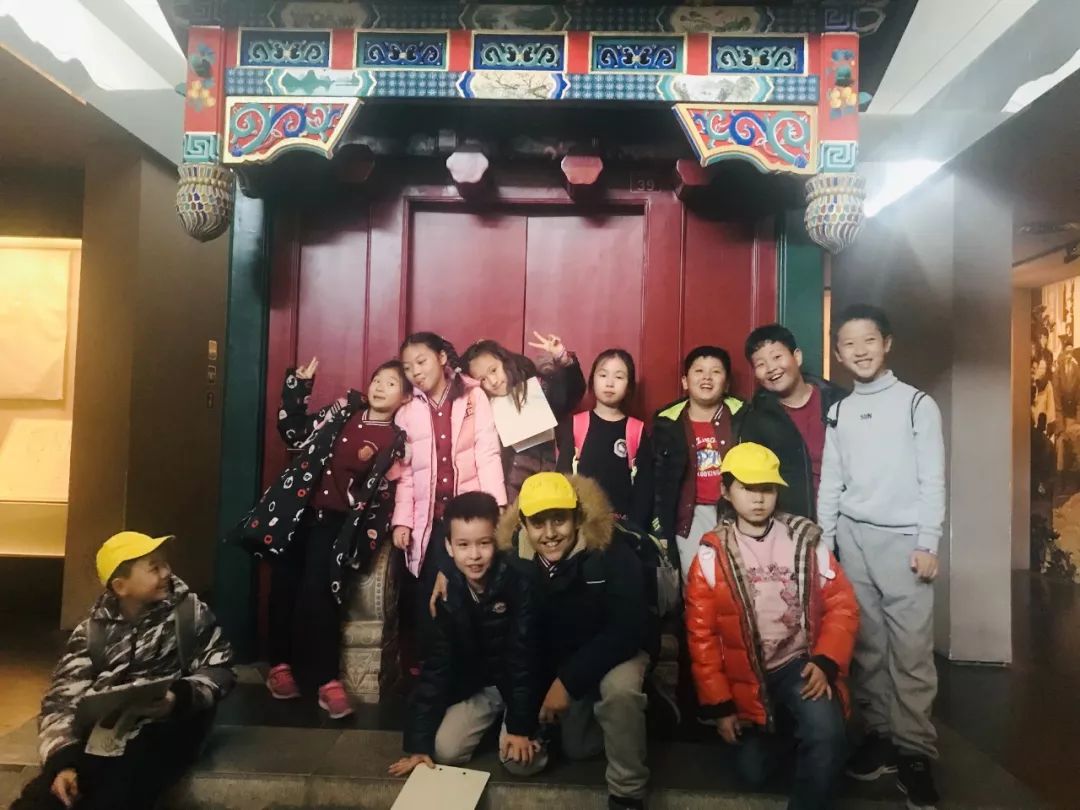
文/杜芳
翻译/Vermilion
编辑/晓婉
